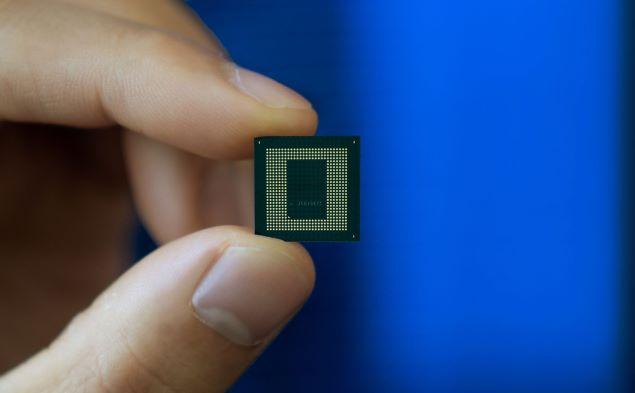Qualcomm's Snapdragon 888 will power next year's Android flagships
The Snapdragon 888 is named after a number traditionally considered lucky in China


Qualcomm has unveiled the latest model of its flagship smartphone chip, awarding it a lucky number according to Chinese tradition.
The Snapdragon 888, which was announced at this week’s Qualcomm Technologies’ Snapdragon Tech Summit Digital 2020 as the company's first 5n, smartphone SoC, features the third-generation of Qualcomm’s Snapdragon X60 5G Modem-RF System.
It supports mmWave and sub-6GHz across all major bands worldwide, as well as 5G carrier aggregation, global multi-SIM, standalone, non-standalone, and Dynamic Spectrum Sharing.
The Snapdragon 888’s 5G modem is also now built into the chip, as opposed to being a separate component.
According to Qualcomm, the new Snapdragon processor also aims to “transform smartphones into professional-quality cameras”, allowing users to take “roughly 120 photos at 12 megapixels resolution - up to 35% faster than the previous generation”.
The chip also features Qualcomm's sixth-gen AI Engine and boasts the “most significant upgrade in Qualcomm Adreno GPU performance".
The Qualcomm Snapdragon 888 has already been chosen to be used by smartphone giants such as Sony, Xiaomi, and Motorola.
Get the ITPro daily newsletter
Sign up today and you will receive a free copy of our Future Focus 2025 report - the leading guidance on AI, cybersecurity and other IT challenges as per 700+ senior executives
The new chip was expected to be named the Snapdragon 875, but the San Diego-based semiconductor manufacturer has instead opted for 888 - a number traditionally considered lucky in China.
Due to the ongoing China-US trade war, it seems like the choice of a number associated with good fortune might not be accidental.
Last month, Qualcomm was granted permission from the US government to sell 4G smartphone chips to Huawei. However, chances are slim that Huawei will get to take advantage of the newly-announced Snapdragon 888, especially if the exemption awarded to Qualcomm only extends to 4G chips.
Although it was reported in August that the American chipmaker had applied for permission to sell chips to Huawei for use in its 5G phones, the Trump administration is unlikely to award it. This stems from the US Commerce Department’s decision to expand restrictions aimed at preventing Huawei from obtaining semiconductors without a special license, including foreign-made chips manufactured using US software or technology.
Having only graduated from City University in 2019, Sabina has already demonstrated her abilities as a keen writer and effective journalist. Currently a content writer for Drapers, Sabina spent a number of years writing for ITPro, specialising in networking and telecommunications, as well as charting the efforts of technology companies to improve their inclusion and diversity strategies, a topic close to her heart.
Sabina has also held a number of editorial roles at Harper's Bazaar, Cube Collective, and HighClouds.
-
 Bigger salaries, more burnout: Is the CISO role in crisis?
Bigger salaries, more burnout: Is the CISO role in crisis?In-depth CISOs are more stressed than ever before – but why is this and what can be done?
By Kate O'Flaherty Published
-
 Cheap cyber crime kits can be bought on the dark web for less than $25
Cheap cyber crime kits can be bought on the dark web for less than $25News Research from NordVPN shows phishing kits are now widely available on the dark web and via messaging apps like Telegram, and are often selling for less than $25.
By Emma Woollacott Published